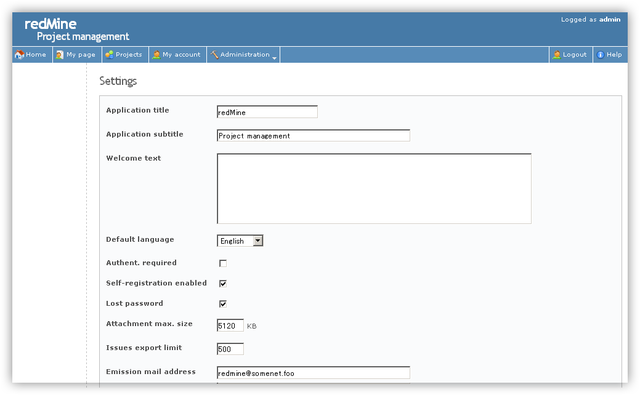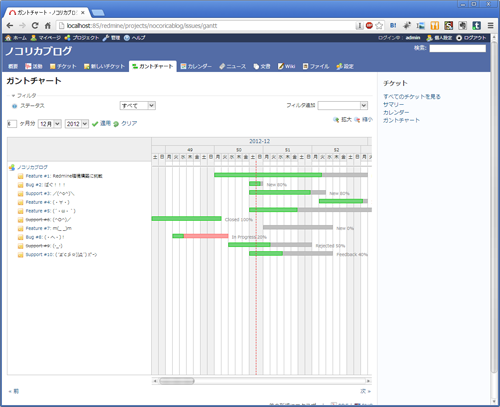

Alternatively you can make use of volume plugins to host the volume data. To avoid inadvertent removal of volumes, you can mount host directories as data volumes. The Redmine application state will persist as long as volumes are not removed. The above examples define the Docker volumes named mariadb_data and redmine_data. Additionally you should mount a volume for persistence of the MariaDB data. If the mounted directory is empty, it will be initialized on the first run. To avoid this loss of data, you should mount a volume that will persist even after the container is removed.įor persistence you should mount a directory at the /bitnami/redmine path. If you remove the container all your data will be lost, and the next time you run the image the database will be reinitialized. $ docker run -d -name redmine \ -p 8080:8080 -p 8443:8443 \ -env ALLOW_EMPTY_PASSWORD=yes \ -env REDMINE_DATABASE_USER=bn_redmine \ -env REDMINE_DATABASE_PASSWORD=bitnami \ -env REDMINE_DATABASE_NAME=bitnami_redmine \ -network redmine-network \ -volume redmine_data:/bitnami/redmine \ bitnami/redmine:latestĪccess your application at Persisting your application $ docker volume create -name redmine_data The recommended way to get the Bitnami Redmine Docker Image is to pull the prebuilt image from the Docker Hub Registry. Subscribe to project updates by watching the bitnami/redmine GitHub repo. Learn more about the Bitnami tagging policy and the difference between rolling tags and immutable tags in our documentation page.

Supported tags and respective Dockerfile links Read more about the installation in the Bitnami Redmine Chart GitHub repository.īitnami containers can be used with Kubeapps for deployment and management of Helm Charts in clusters. Bitnami container images are released on a regular basis with the latest distribution packages available.ĭeploying Bitnami applications as Helm Charts is the easiest way to get started with our applications on Kubernetes.You can use DOCKER_CONTENT_TRUST=1 to verify the integrity of the images. All Bitnami images available in Docker Hub are signed with Docker Content Trust (DCT).All our images are based on minideb a minimalist Debian based container image which gives you a small base container image and the familiarity of a leading Linux distribution.Bitnami containers, virtual machines and cloud images use the same components and configuration approach - making it easy to switch between formats based on your project needs.With Bitnami images the latest bug fixes and features are available as soon as possible.Bitnami closely tracks upstream source changes and promptly publishes new versions of this image using our automated systems.You are encouraged to change the insecure default credentials and check out the available configuration options in the Environment Variables section for a more secure deployment. Warning: This quick setup is only intended for development environments.


 0 kommentar(er)
0 kommentar(er)
